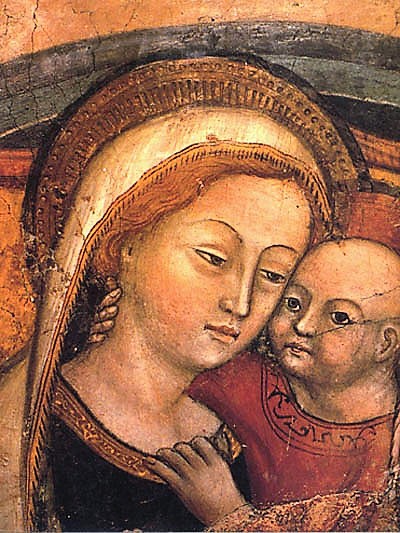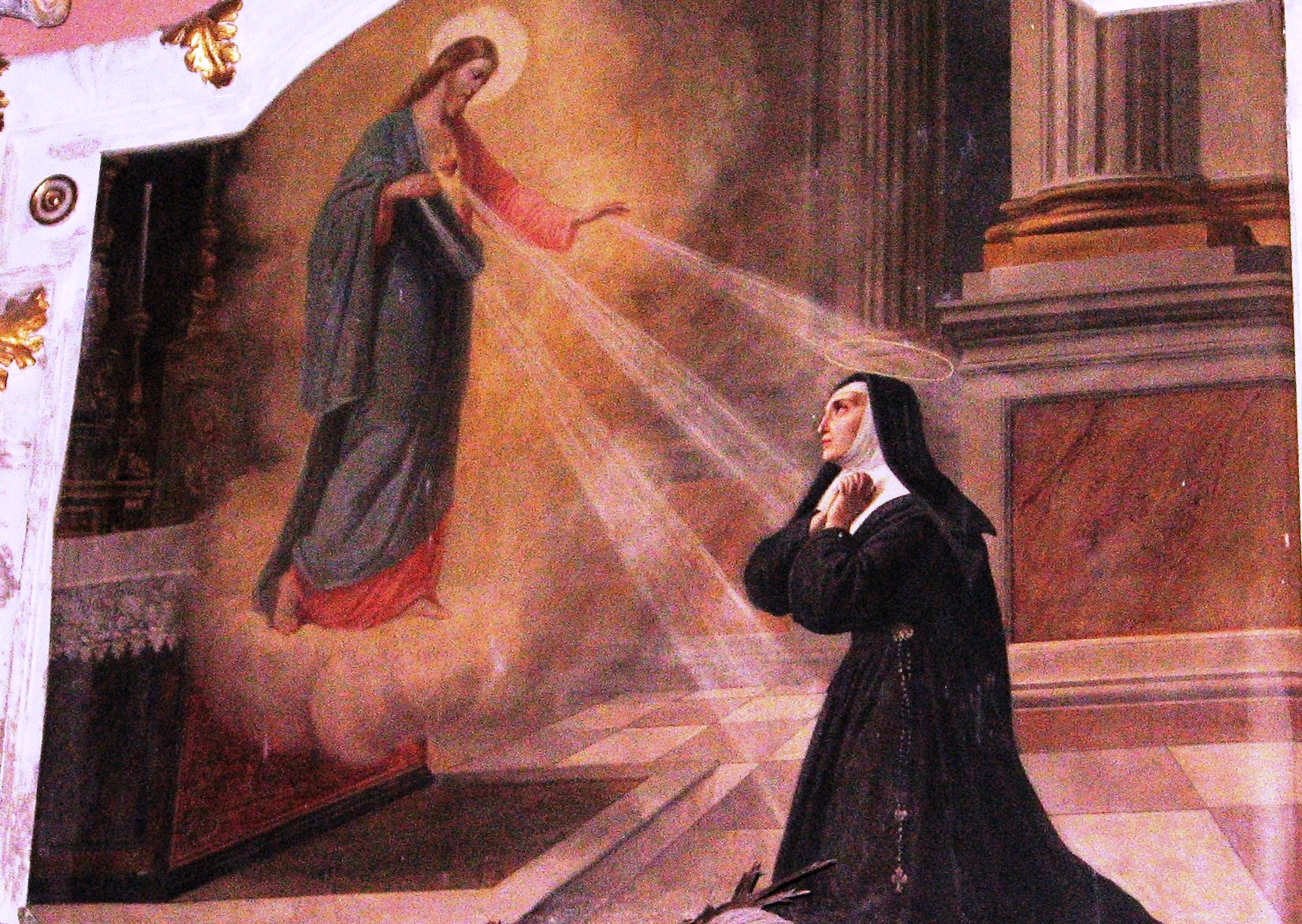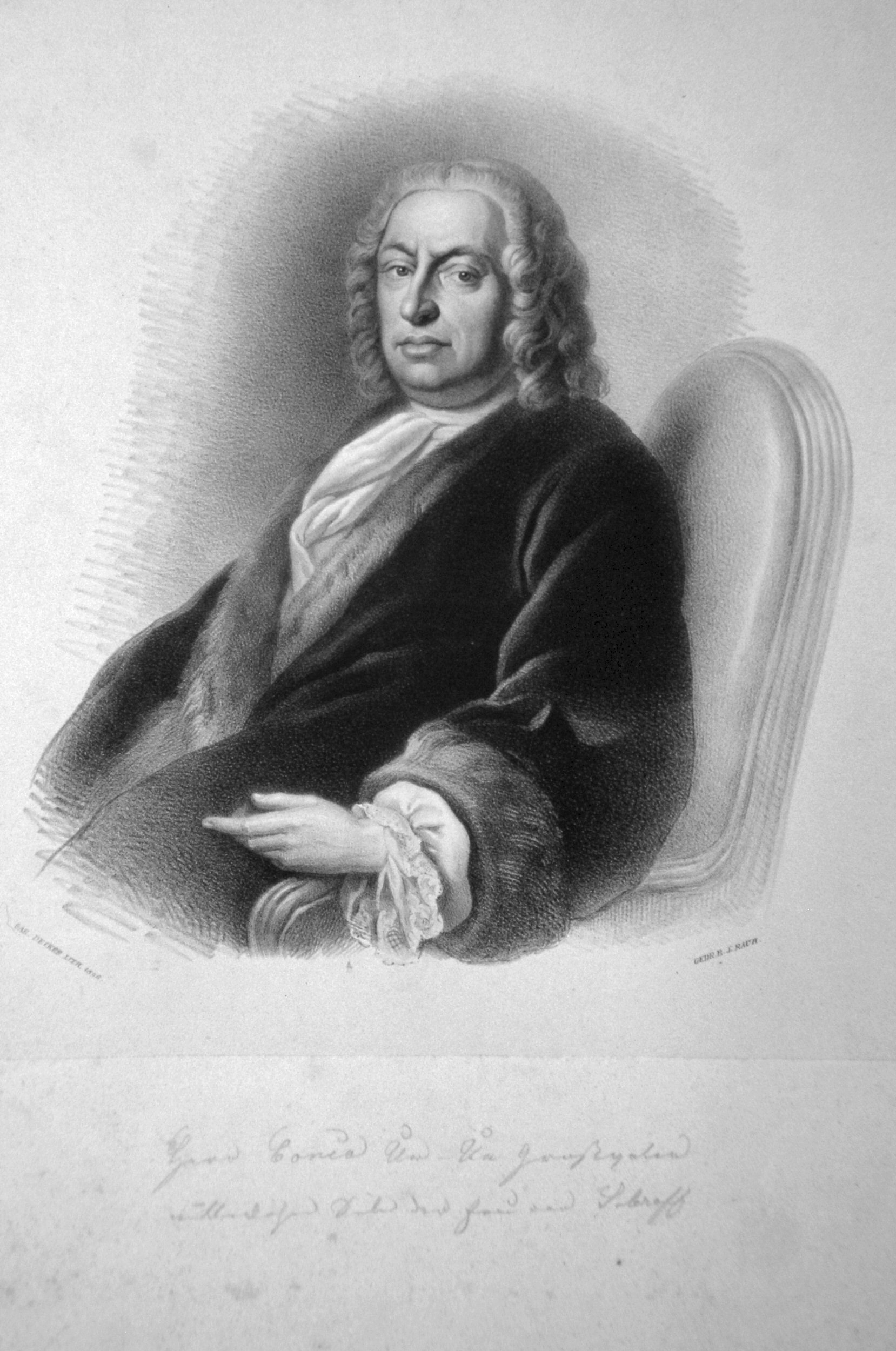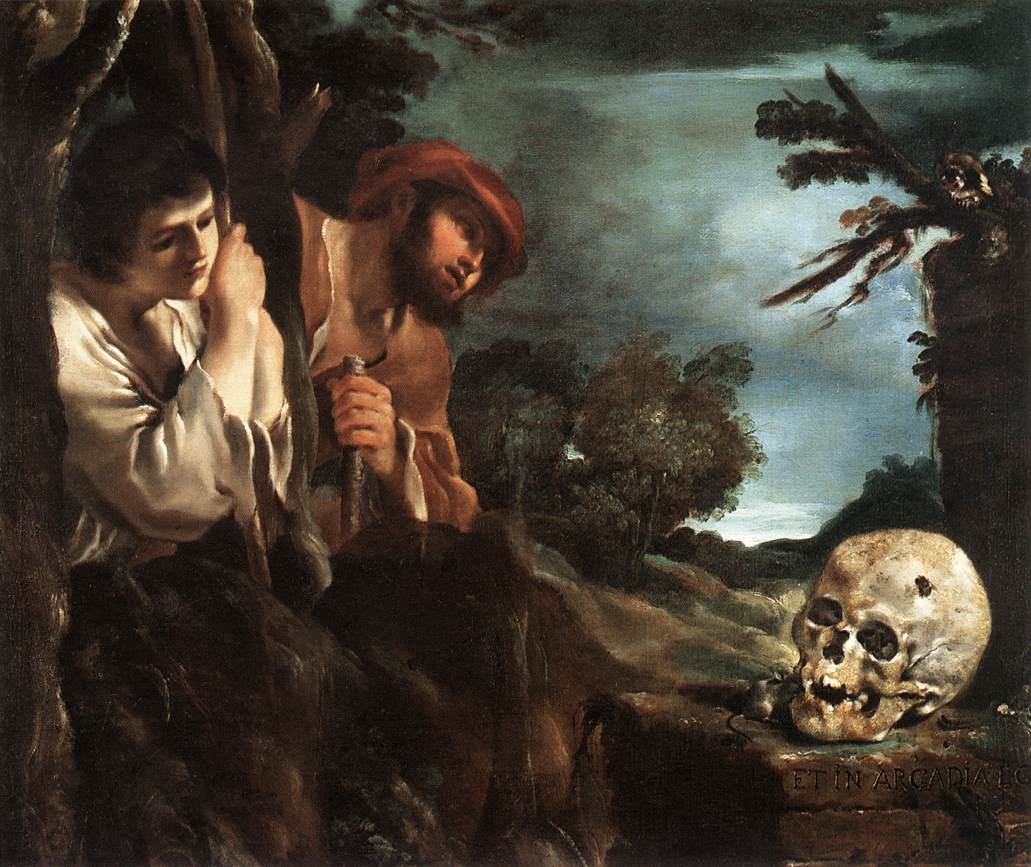|
Basilica Of San Nicola A Tolentino
The Basilica of Saint Nicholas of Tolentino ( it, Basilica di San Nicola a Tolentino) is a Roman Catholic church and minor basilica that is part of the Augustinian monastery in the hill-town of Tolentino, province of Macerata, Marche, central Italy. The church is a former cathedral of the Roman Catholic Diocese of Tolentino, suppressed in 1586. Notably, it was the first minor basilica to be formally canonically created, by Pope Pius VI in the brief ''Supremus Ille'' in 1783. Prior to this, minor basilicas were created via immemorial custom. It contains architecture and art from the 14th through to the 17th centuries. The imposing marble facade of the church was constructed over the centuries, and was completed in the 17th century. Burials include that of Saint Nicholas of Tolentino. Interior Chapels *Cappellone of San Nicola The ''Cappellone di San Nicola'' is a Gothic chapel that opens to the cloister. The walls and ceiling are covered with early 14th-century Giottesque f ... [...More Info...] [...Related Items...] OR: [Wikipedia] [Google] [Baidu] |
Tolentino
Tolentino is a town and ''comune'' of about 19,000 inhabitants, in the province of Macerata in the Marche region of central Italy. It is located in the middle of the valley of the Chienti. History Signs of the first inhabitants of this favorable and fertile coastal zone, between the mountains and the Adriatic, date to the Lower Paleolithic. Numerous tombs, from the 8th to the 4th centuries BCE, attest to the presence of the culture of the Piceni at the site of today's city, Roman ''Tolentinum'', linked to Rome by the via Flaminia. Tolentinum was the seat of the diocese of Tolentino from the late 6th century, under the patronage of the local Saint Catervo. The urban commune is attested from 1099, assuming its mature communal form between 1170 and 1190, settling its boundaries through friction with neighboring communes like S. Severino and Camerino. From the end of the 14th century, the commune passed into the hands of the da Varano family and then the Sforza, before becoming pa ... [...More Info...] [...Related Items...] OR: [Wikipedia] [Google] [Baidu] |
Emidio Pallotta
Emidio Pallotta (1803–1868) was an Italian painter and architect, active mainly in his native Tolentino in the region of Marche. He studied in Rome under Tommaso Minardi, but returned to his native town to work under Giuseppe Lucatelli. He ran a school of drawing in Tolentino, and painted portraits of townspeople now kept in city hall. He frescoed in the Basilica di San Nicola a Tolentino The Basilica of Saint Nicolas of Tolentino ( it, Basilica di San Nicola a Tolentino) is a Roman Catholic church and minor basilica that is part of the Augustinian monastery in the hill-town of Tolentino, province of Macerata, Marche, central Italy. .... He designed the façade of the city Hall. by Ernesto Ovidi, page 118. References {{DEFAULTSORT:Pallotta, Emidio[...More Info...] [...Related Items...] OR: [Wikipedia] [Google] [Baidu] |
Madonna Del Parto
A Madonna del Parto ("Madonna of Parturition") is an iconic depiction of the Virgin Mary shown as pregnant, which was developed in Italy, mainly in Tuscany in the 14th century. Examples include works by Taddeo Gaddi, Bernardo Daddi and Nardo di Cione, but the fresco by Piero della Francesca in the Museum of Monterchi, in the province of Arezzo, is considered the most famous one. The Madonna was portrayed standing, alone, often with a closed book on her stomach, an allusion to the Incarnate Word. These works were associated with the devotions of pregnant women, praying for a safe delivery. Sometimes, as with a statue by Sansovino in the Basilica of Sant'Agostino in Rome, the depiction is of a Virgin and Child, which was however known as a Madonna del Parto, because it was especially associated with devotions related to pregnancy. Here the Virgin wears the Girdle of Thomas, a belt of knotted cloth cord that was a relic held in Prato Cathedral, which many versions show her wearing ... [...More Info...] [...Related Items...] OR: [Wikipedia] [Google] [Baidu] |
Giuseppe Ghezzi
Giuseppe Ghezzi (November 6, 1634–1721) was an Italian painter of the Baroque period, active mainly in Rome. Biography Born in Comunanza, in the Marche (then part of the Papal States), he was the son of the painter Sebastiano Ghezzi, a painter and architect for the papacy of Pope Urban VIII. Sebastiano died when Giuseppe was only 11 years old, and he was sent to Fermo to study philosophy an letters, but took also painting instruction under Lorenzino da Fermo. He then moved to Rome where he chose painting over law studies. He painted in many Roman churches. He painted in the style of Pietro da Cortona. Giuseppe Ghezzi was the first ''secretary in perpetuity'' for the Accademia di San Luca in Rome. He was the father of the more prominent caricaturist Pier Leone Ghezzi (born June 28, 1674). Another son, Placido, was Apostolic Protonotary. Giuseppe was also a mentor to Pietro da Pietri (1634–1721). On December 10, 1676, he borrowed a number of privately owned works by Venetian ... [...More Info...] [...Related Items...] OR: [Wikipedia] [Google] [Baidu] |
Giuseppe Lucatelli
Giuseppe Lucatelli (1751-1828) was an Italian painter and architect, active in a Neoclassical style. Biography Born in Mogliano to a father who was a doctor, he studied in Rome, in circles dominated by Sebastiano Conca and Anton Raphael Mengs. He returned to Tolentino where he completed the decoration for the Nicola Vaccai Theater. These canvases are now collected in the Palazzo Comunale of Tolentino. They include a large canvas depicting ''Three Graces''. He taught design at the schools of Macerata, Tolentino and Fermo. In 1803 the French-dominated government sent him to make copies of the Correggio frescoes in the formerly cloistered Monastery of San Paolo San Paolo (Italian for "Saint Paul") is a ''comune'' in the Province of Brescia, in the Italian region Lombardy Lombardy ( it, Lombardia, Lombard language, Lombard: ''Lombardia'' or ''Lumbardia' '') is an administrative regions of Italy, region .... [...More Info...] [...Related Items...] OR: [Wikipedia] [Google] [Baidu] |
Recanati
Recanati () is a town and ''comune'' in the Province of Macerata, in the Marche region of Italy. Recanati was founded around 1150 AD from three pre-existing castles. In 1290 it proclaimed itself an independent republic and, in the 15th century, was famous for its international fair. In March 1798 it was conquered by Napoleon Bonaparte. The elongated historic center extends from one end to the other for over 200 metres and occupies an area of about 35 hectares. Its linear structure distinguishes it from most of the neighboring centers with a concentric plan, in which the inhabited area has extended from a central square. Along the margins of the central road, connecting the ancient housing clusters, there are numerous aristocratic buildings, for the most part on three floors, built by merchants or landowners. It is the hometown of the tenor Beniamino Gigli and the poet Giacomo Leopardi, which is why the town is known to some as "the city of poetry". Famous medieval Ashkenazi Ka ... [...More Info...] [...Related Items...] OR: [Wikipedia] [Google] [Baidu] |
Genazzano
Genazzano is a town and ''comune'' in the Metropolitan City of Rome, located on a tuff spur at above sea level that, starting from the Monti Prenestini, ends on the Sacco River valley. History The name originates from its role as vacation resort for the ancient Roman gens Genucia. In the fifth century, during the reign of Pope Sixtus III, the town of Genazzano contributed a large portion of its revenue for the Roman basilica of Santa Maria Maggiore. In the 11th century AD it was a fief of the Colonna family who, from their baronial Palace (castle), controlled the road from Naples to Rome. In the late fifteenth century, it became fief of the Borgia Family. Landmarks The church of the ''Madonna del buon consiglio'', built in appreciation for the town's contribution to Santa Maria Maggiore, and entrusted in 1356 to the Augustinian Order, holds the original fresco of ''Our Lady of Good Counsel'' ( la, Mater boni consilii) a title given to the Blessed Virgin Mary, after the miracu ... [...More Info...] [...Related Items...] OR: [Wikipedia] [Google] [Baidu] |
Virgilio Monti
Virgilio Monti (1852–1942) was an Italian painter, active mainly in Rome, painting sacred subjects. Biography Among his works are: *''Madonna and Child'' first chapel on right, Santa Brigida, Rome *''Holy Family'', main altarpiece, Santa Chiara, Rome *''Archangel Gabriel'' (1875) first chapel on right, Santa Maria dell'Orto, Rome *''San Giuseppe'' (1878) first chapel on right, Santa Maria dell'Orto, Rome *San Gioacchino ai Prati di Castello (1892), collaboration with Eugenio Cisterna *''Sant'Antonio M Zacaria'' (1900), San Carlo ai Catinari, Rome *''Sacred Heart of Jesus'', Chapel of the Sacred Heart, Basilica di San Nicola da Tolentino The Basilica of Saint Nicolas of Tolentino ( it, Basilica di San Nicola a Tolentino) is a Roman Catholic church and minor basilica that is part of the Augustinians, Augustinian monastery in the hill-town of Tolentino, province of Macerata, Marche, ..., Tolentino References 1852 births 1942 deaths 19th-century Italian painters It ... [...More Info...] [...Related Items...] OR: [Wikipedia] [Google] [Baidu] |
Margherita Maria Alacoque
Margaret Mary Alacoque, VHM (french: Marguerite-Marie Alacoque) (22 July 1647 – 17 October 1690), was a French Catholic Visitation nun and mystic who promoted devotion to the Sacred Heart of Jesus in its modern form. Summary She worked to prove the genuineness of her vocation and her visions of Jesus and Mary relating to the Sacred Heart. She was initially rebuffed by her mother superior and was unable to convince theologians of the validity of her visions and revelations. A noted exception was the Jesuit Claude de la Colombière, later a canonized saint, who supported her. The devotion to the Sacred Heart was officially recognized 75 years after Alacoque's death. Early life Alacoque was born in 1647 in L'Hautecour, Burgundy, France, now part of the commune of Verosvres, then in the Duchy of Burgundy, the only daughter of Claude and Philiberte Lamyn Alacoque, who also had several sons. From early childhood, Margaret was described as showing intense love for the Blessed Sac ... [...More Info...] [...Related Items...] OR: [Wikipedia] [Google] [Baidu] |
Sebastiano Conca
Sebastiano Conca (8 January 1680 – 1 September 1764) was an Italian painter. Biography He was born at Gaeta, then part of the Kingdom of Naples, and apprenticed in Naples under Francesco Solimena. In 1706, along with his brother Giovanni, who acted as his assistant, he settled in Rome, where for several years he worked only in chalk, to improve his drawing. He was patronized by the Cardinal Ottoboni, who introduced him to Clement XI, who commissioned him a well-received ''Jeremiah'' painted for the church of St. John Lateran. He also painted an ''Assunta'' for the church of Santi Luca e Martina in Rome. Conca was knighted by the pope. He collaborated with Carlo Maratta in the ''Coronation of Santa Cecilia'' (1721–24) in the namesake church of Santa Cecilia in Trastevere. In 1718 he was elected to the Accademia di San Luca, and was its director in 1729–1731, replacing Camillo Rusconi as ''Principe'' in 1732. He was also elected Principe in 1739–1741. His painting was str ... [...More Info...] [...Related Items...] OR: [Wikipedia] [Google] [Baidu] |
Placido Costanzi
Placido Costanzi (1702–1759) was an Italian painter of the late-Baroque period. Placido Costanzi was born in 1702 to a family of gem-makers in Rome. He was exposed to art at a very young age, and became a pupil of Benedetto Luti and painted mainly historical and devotional subjects. He painted a ''St. Camillus'' in Santa Maria Maddalena in Florence, in which he has aspired to the imitation of Domenichino. Many of his works decorate Rome's churches. His ''Resuscitation of Tabitha'' in Santa Maria degli Angeli e dei Martiri replicates a mosaic in St. Peter's Basilica. He also painted in fresco the ceilings of the tribunes in Santa Maria in Vallicella and San Gregorio, and was much employed in painting figures in the landscapes of other artists, particularly in those of Jan Frans van Bloemen (also known as "Orizzonte", which means horizon in Italian). In Rome he became a member of the prestigious Academy of Saint Luke, in which he served also as director (''Principe'') since 175 ... [...More Info...] [...Related Items...] OR: [Wikipedia] [Google] [Baidu] |
Guercino
Giovanni Francesco Barbieri (February 8, 1591 – December 22, 1666),Miller, 1964 better known as Guercino, or il Guercino , was an Italian Baroque painter and draftsman from Cento in the Emilia region, who was active in Rome and Bologna. The vigorous naturalism of his early manner contrasts with the classical equilibrium of his later works. His many drawings are noted for their luminosity and lively style. Biography Giovanni Francesco Barbieri was born into a family of peasant farmers in Cento, a town in the Po Valley mid-way between Bologna and Ferrara.Mahon, 1937a Being cross-eyed, at an early age he acquired the nickname by which he is universally known, Guercino (a diminutive of the Italian noun '' guercio'', meaning 'squinter').Turner, 2003 Mainly self-taught, at the age of 16, he worked as apprentice in the shop of Benedetto Gennari, a painter of the Bolognese School. An early commission was for the decoration with frescos (1615–1616) of Casa Pannini in Cento, wher ... [...More Info...] [...Related Items...] OR: [Wikipedia] [Google] [Baidu] |





